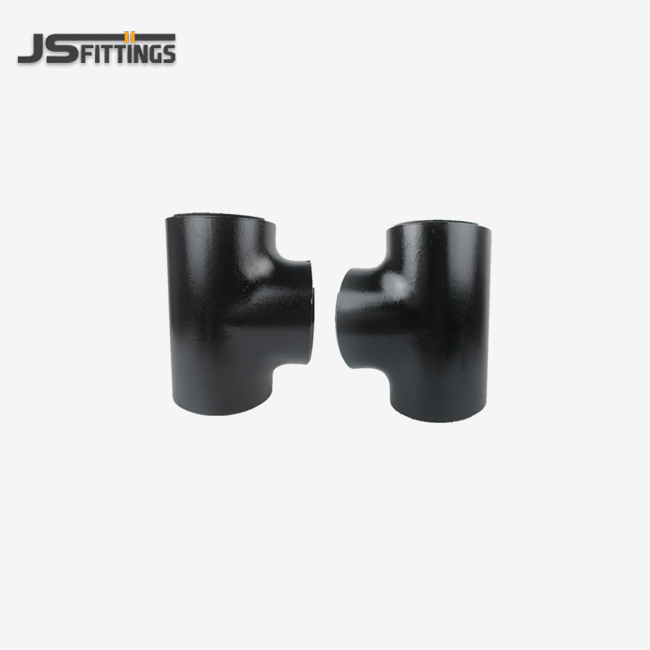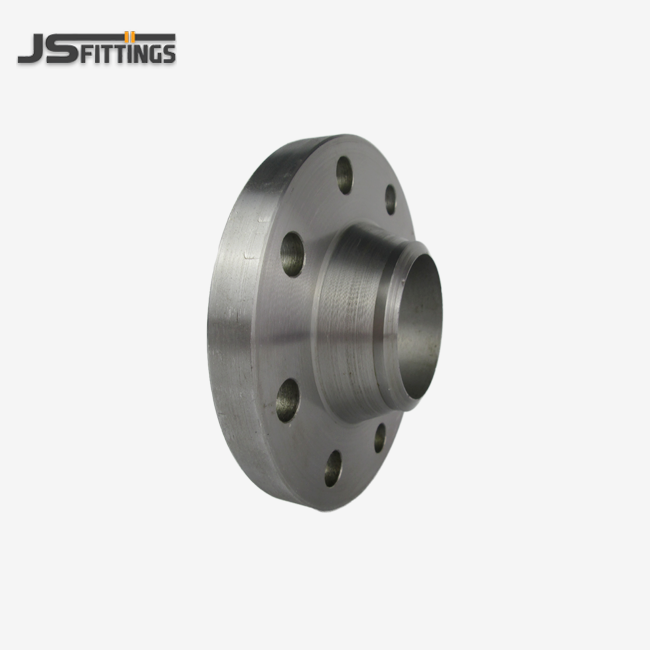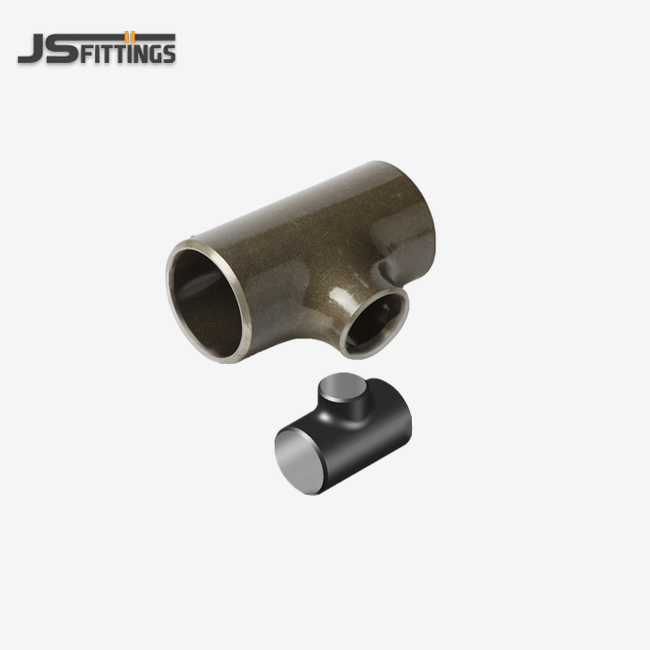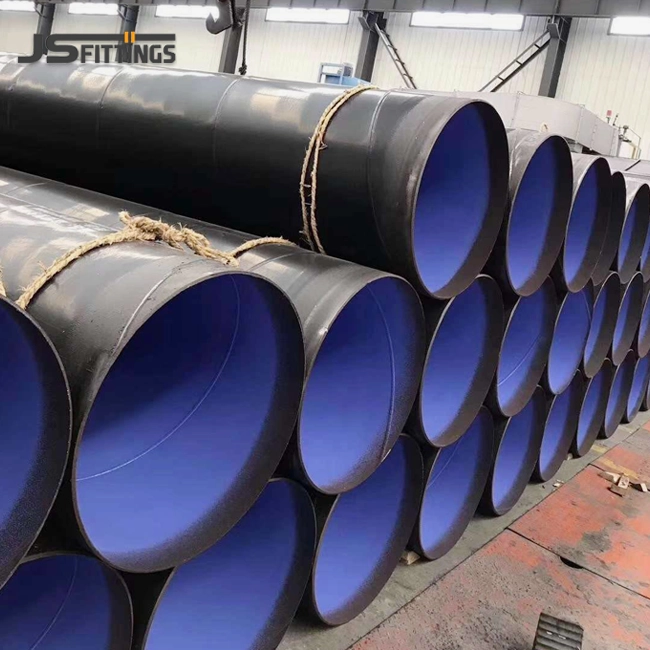- English
- French
- German
- Portuguese
- Spanish
- Russian
- Japanese
- Korean
- Arabic
- Greek
- German
- Turkish
- Italian
- Danish
- Romanian
- Indonesian
- Czech
- Afrikaans
- Swedish
- Polish
- Basque
- Catalan
- Esperanto
- Hindi
- Lao
- Albanian
- Amharic
- Armenian
- Azerbaijani
- Belarusian
- Bengali
- Bosnian
- Bulgarian
- Cebuano
- Chichewa
- Corsican
- Croatian
- Dutch
- Estonian
- Filipino
- Finnish
- Frisian
- Galician
- Georgian
- Gujarati
- Haitian
- Hausa
- Hawaiian
- Hebrew
- Hmong
- Hungarian
- Icelandic
- Igbo
- Javanese
- Kannada
- Kazakh
- Khmer
- Kurdish
- Kyrgyz
- Latin
- Latvian
- Lithuanian
- Luxembou..
- Macedonian
- Malagasy
- Malay
- Malayalam
- Maltese
- Maori
- Marathi
- Mongolian
- Burmese
- Nepali
- Norwegian
- Pashto
- Persian
- Punjabi
- Serbian
- Sesotho
- Sinhala
- Slovak
- Slovenian
- Somali
- Samoan
- Scots Gaelic
- Shona
- Sindhi
- Sundanese
- Swahili
- Tajik
- Tamil
- Telugu
- Thai
- Ukrainian
- Urdu
- Uzbek
- Vietnamese
- Welsh
- Xhosa
- Yiddish
- Yoruba
- Zulu
Which Is Better, Butt Weld or Socket Weld?
Choosing between butt weld and socket weld connection techniques is one of the most important choices to make when designing a pipe system. It directly affects how well the installation goes, how reliable it is over time, and how much the whole project will cost. When engineers are choosing pipe parts for industrial uses like power generation and petrochemical processing, they often have to answer this basic issue. Depending on the needs of the application, system pressures, and operating circumstances, each welding method has its own set of benefits. Butt weld pipe fittings are better for high-pressure applications because they have better flow and strength. In systems with reduced dimensions, it is easier to install and align socket weld connections. Knowing the technical distinctions, performance characteristics, and application applicability of each welding process helps you make smart decisions that improve system performance while still meeting safety and industry standards.

Technical Performance Comparison
Strength and Pressure Capabilities
Butt weld pipe fittings demonstrate superior mechanical strength characteristics compared to socket weld connections, particularly in high-pressure and high-temperature applications where structural integrity becomes paramount. The full penetration weld profile achieved in butt welding creates a continuous metal structure that eliminates stress concentration points commonly found in socket weld configurations. This seamless connection lets butt weld pipe fittings made to ASME B16.9 standards reach pressure ratings that are the same as the parent pipe material. Because of this, they are perfect for use in oil and gas pipes, where system pressures can go above 1500 PSI. The metallurgical continuity achieved through proper butt welding procedures ensures uniform stress distribution across the joint, preventing premature failure modes associated with discontinuous weld profiles. Advanced manufacturing techniques employed in producing butt weld pipe fittings from materials like ASTM A234 WPB carbon steel incorporate controlled heat treatment processes that optimize grain structure and mechanical properties throughout the component cross-section. Quality control procedures like hydrostatic testing and radiographic inspection assure that butt weld joints are structurally sound, so they will work reliably even in the harsh circumstances found in petrochemical processing plants.
Flow Characteristics and Efficiency
Butt Weld Pipe Fittings have an internal flow profile that is very useful in situations where it is important to minimize pressure drops and maximize flow efficiency. Unlike socket weld connections that create internal crevices and flow restrictions, butt weld joints maintain smooth internal surfaces that minimize turbulence and pressure losses throughout the piping system. This optimized flow route is very significant in applications with large diameters since even little dips in pressure may cause a lot of energy waste and lower system efficiency. Butt Weld Pipe Fittings designed with precision-engineered internal geometries eliminate the sharp edges and discontinuities that characterize socket weld installations, reducing erosion potential and minimizing particle accumulation in process applications. In the food processing, pharmaceutical, and chemical industries, where contamination control is essential, the smooth bore properties of properly fitted butt weld systems facilitate more efficient cleansing and maintenance procedures. Advanced computational fluid dynamics analysis demonstrates that butt weld pipe fittings can reduce system pressure drops by 15–25% compared to equivalent socket weld installations, resulting in significant energy savings over the operational lifetime of industrial facilities.
Durability and Service Life
Long-term durability considerations strongly favor butt weld pipe fittings in applications subject to thermal cycling, vibration, and corrosive environments where joint integrity must be maintained over extended service periods. The full penetration weld profile eliminates crevice corrosion concerns associated with socket weld connections, where moisture and contaminants can accumulate in the annular space between pipe and fitting. This improved resistance to corrosion is especially significant in offshore settings and chemical processing conditions where butt weld pipe fittings have to hold up to harsh media exposure while still being strong. The superior fatigue resistance of butt weld joints enables reliable operation under cyclic loading conditions commonly encountered in power generation and petrochemical applications where thermal expansion and contraction impose repetitive stresses on piping connections. Quality manufacturing processes employed in producing butt weld pipe fittings include stress relief heat treatment procedures that minimize residual stresses and enhance resistance to stress corrosion cracking in sensitive applications. Corrosion testing, fatigue analysis, and accelerated aging studies are all components of exhaustive testing programs that demonstrate that butt weld connections can endure for over 30 years in systems that are properly designed and installed.
Installation and Cost Analysis
Installation Complexity and Requirements
The installation of butt weld pipe fittings requires specialized welding procedures and skilled technicians capable of producing high-quality full penetration welds that meet stringent code requirements and inspection standards. Proper installation begins with precise pipe preparation, including cutting, beveling, and cleaning procedures that ensure optimal weld quality and penetration characteristics throughout the joint cross-section. Welding procedure specifications for butt weld pipe fittings must address preheating requirements, interpass temperatures, and post-weld heat treatment procedures that optimize mechanical properties while preventing metallurgical degradation. When installing butt welds, they need to be perfectly lined up. To do this, special tools and preparation steps are needed to ensure that the right gap sizes and angles are kept throughout the welding process. Quality control standards for installing butt weld pipe fittings include nondestructive testing procedures, including radiographic inspection, ultrasonic testing, and magnetic particle examination. Before the system is active, these evaluations are conducted to evaluate the strength of the weld and identify any issues. Advanced welding techniques, including orbital welding and automated processes, can enhance installation quality while reducing labor requirements for butt weld pipe fittings in repetitive applications where consistent weld quality is essential for system reliability.
Initial Cost Considerations
Economic analysis of butt weld pipe fittings versus socket weld alternatives must consider both initial material costs and installation labor requirements that impact overall project economics. While Butt Weld Pipe Fittings may command premium pricing due to precision manufacturing requirements and material specifications, the elimination of coupling components and reduced fitting inventory requirements can offset higher unit costs in large-scale projects. The standardized dimensions and universal compatibility of butt weld fittings manufactured to ASME B16.9 specifications reduce procurement complexity and inventory management costs compared to socket weld systems requiring multiple component types and sizes. Installation labor costs for Butt Weld Pipe Fittings reflect the specialized welding skills and quality control procedures required, but these initial investments are offset by reduced maintenance requirements and extended service life characteristics. Bulk procurement advantages available from established manufacturers enable significant cost reductions for Butt Weld Pipe Fittings in large projects where standardized specifications and delivery schedules can be optimized. Value engineering analysis demonstrates that Butt Weld Pipe Fittings provide superior life-cycle cost performance in high-pressure applications despite higher initial installation costs, particularly when energy efficiency and maintenance factors are considered over typical 20-30 year service periods.
Long-term Economic Benefits
The economic advantages of Butt Weld Pipe Fittings become increasingly apparent over extended service periods, where reduced maintenance requirements, enhanced reliability, and superior energy efficiency contribute to lower total cost of ownership. Maintenance cost reductions associated with Butt Weld Pipe Fittings result from eliminated crevice corrosion concerns, reduced leakage potential, and extended service intervals that minimize system downtime and repair expenses. The superior flow characteristics of butt weld connections translate to measurable energy savings in pumping applications where reduced pressure drops can significantly impact operating costs over the system lifetime. Insurance and regulatory compliance benefits associated with Butt Weld Pipe Fittings include reduced inspection requirements, enhanced safety factors, and improved system reliability that can influence facility risk assessments and insurance premiums. The standardized specifications and universal compatibility of Butt Weld Pipe Fittings facilitate future system modifications and expansions without requiring specialized coupling components or complex installation procedures. Economic modeling studies demonstrate that Butt Weld Pipe Fittings provide 20-35% lower total cost of ownership compared to socket weld alternatives in high-pressure applications when all lifecycle factors are considered, making them the preferred choice for critical industrial applications where long-term economic performance is prioritized.
Application-Specific Recommendations
High-Pressure and Critical Applications
Critical industrial applications, including oil and gas transmission pipelines, petrochemical processing units, and power generation systems, require Butt Weld Pipe Fittings to ensure reliable operation under extreme pressure and temperature conditions where system failure could result in catastrophic consequences. The full penetration weld profile achieved with properly installed Butt Weld Pipe Fittings provides pressure ratings equivalent to the parent pipe material, enabling safe operation at design pressures exceeding 2000 PSI in accordance with ASME B31.3 piping codes. Major international operators, including NIOC, ADNOC, and PETROBRAS, specify Butt Weld Pipe Fittings for critical applications due to their proven reliability and superior performance characteristics in demanding service conditions. The elimination of stress concentration points and crevice corrosion concerns makes Butt Weld Pipe Fittings the preferred choice for sour gas applications where hydrogen sulfide exposure could compromise joint integrity in socket weld configurations. To make sure that Butt Weld Pipe Fittings work well under harsh circumstances, quality assurance processes for essential applications need to be able to track all materials, test their effects, and look at them without damaging them. Advanced manufacturing techniques, including controlled atmosphere heat treatment and precision machining, ensure that Butt Weld Pipe Fittings meet the stringent quality requirements demanded by critical industrial applications where reliability cannot be compromised.
Standard Industrial Applications
General industrial applications, including water treatment systems, building mechanical systems, and manufacturing processes, can effectively utilize Butt Weld Pipe Fittings where flow efficiency and long-term reliability justify the additional installation complexity compared to socket weld alternatives. Butt Weld Pipe Fittings have smooth inside surfaces that are very useful in situations where cleaning accessibility or the accumulation of particles are essential factors for continuing system maintenance. Manufacturing facilities processing abrasive or corrosive materials benefit from the superior erosion resistance and cleanability characteristics of Butt Weld Pipe Fittings compared to socket weld installations that can trap contaminants and accelerate localized corrosion. HVAC and building mechanical systems utilizing Butt Weld Pipe Fittings achieve improved energy efficiency through reduced pressure drops and enhanced flow characteristics that translate to lower operating costs and improved system performance. The standardized specifications of Butt Weld Pipe Fittings manufactured to international standards facilitate system design and procurement processes while ensuring compatibility with various pipe materials and sizes. Installation flexibility offered by Butt Weld Pipe Fittings enables complex piping configurations and routing requirements common in industrial facilities where space constraints and accessibility limitations require creative engineering solutions.
Specialized and Custom Applications
Unique industrial applications requiring custom materials, special dimensions, or non-standard configurations benefit from the manufacturing flexibility available with butt weld pipe fittings, where specialized requirements can be accommodated through precision manufacturing processes. Exotic material applications, including duplex stainless steel, nickel alloys, and titanium, can be effectively utilized in Butt Weld Pipe Fittings for chemical processing applications where corrosion resistance and material compatibility are critical performance factors. Large-diameter applications exceeding 24-inch nominal pipe sizes rely on Butt Weld Pipe Fittings manufactured through specialized forming and machining processes that maintain dimensional accuracy and structural integrity in oversized components. Cryogenic applications requiring enhanced toughness properties utilize Butt Weld Pipe Fittings manufactured from materials like ASTM A420 WPL6 that maintain ductility and impact resistance at extremely low temperatures. Custom surface treatments, including specialized coatings, cladding applications, and exotic finishes, can be effectively applied to Butt Weld Pipe Fittings to meet unique application requirements in specialized industrial processes. Enhanced testing methods, material property verification, and bespoke inspection processes that check performance under particular operating situations when conventional specifications may not be enough to meet application needs are all part of quality control for specialized applications.
Conclusion
It is clear that butt weld pipe fittings are better than socket weld joints when it comes to long-term stability, structural integrity, and flow efficiency. While socket weld connections may offer installation convenience in smaller diameter systems, the technical advantages of butt welding become increasingly significant in high-pressure, high-temperature, and critical applications. Butt weld pipe fittings provide economic advantages that go beyond the cost of installation. It looks like the machine will be easier to keep up, use less power, and last longer because of this. These benefits justify the investment in quality parts and proper fittings.
Professional Butt Weld Pipe Fittings Manufacturers | JS FITTINGS
With over 40 years of manufacturing excellence, JS FITTINGS operates a state-of-the-art 35,000 m² facility housing 4 advanced production lines that deliver 30,000 tons annually of premium Butt Weld Pipe Fittings compliant with ASTM, ASME, and international standards. Our comprehensive certifications, including ISO 9001, CE, PETROBRAS, and approvals from NIOC and ADNOC, validate our commitment to uncompromising quality across oil & gas, petrochemical, and industrial sectors. To make sure that the Butt Weld Pipe Fittings we make meet or beat the strictest performance standards, we are committed to constantly improving our processes and putting cutting-edge technology to use. Transform your piping projects with industry-leading solutions—contact our technical specialists at admin@chinajsgj.com for customized Butt Weld Pipe Fittings that deliver exceptional performance and value.
References
1. American Society of Mechanical Engineers. ASME B16.9-2018: Factory-Made Wrought Buttwelding Fittings. New York: ASME Press, 2018.
2. American Welding Society. AWS D1.1/D1.1M-2020: Structural Welding Code—Steel. Miami: American Welding Society, 2020.
3. ASTM International. ASTM A234/A234M-19: Standard Specification for Piping Fittings of Wrought Carbon Steel and Alloy Steel. West Conshohocken: ASTM International, 2019.
4. American Society of Mechanical Engineers. ASME B31.3-2018: Process Piping Code. New York: ASME Press, 2018.
5. Parmar, R.S. Welding Engineering and Technology. New Delhi: Khanna Publishers, 2017.
6. Singh, R.K. A Practical Approach to Pipeline Integrity Management Systems. Houston: Gulf Professional Publishing, 2019.
Learn about our latest products and discounts through SMS or email



